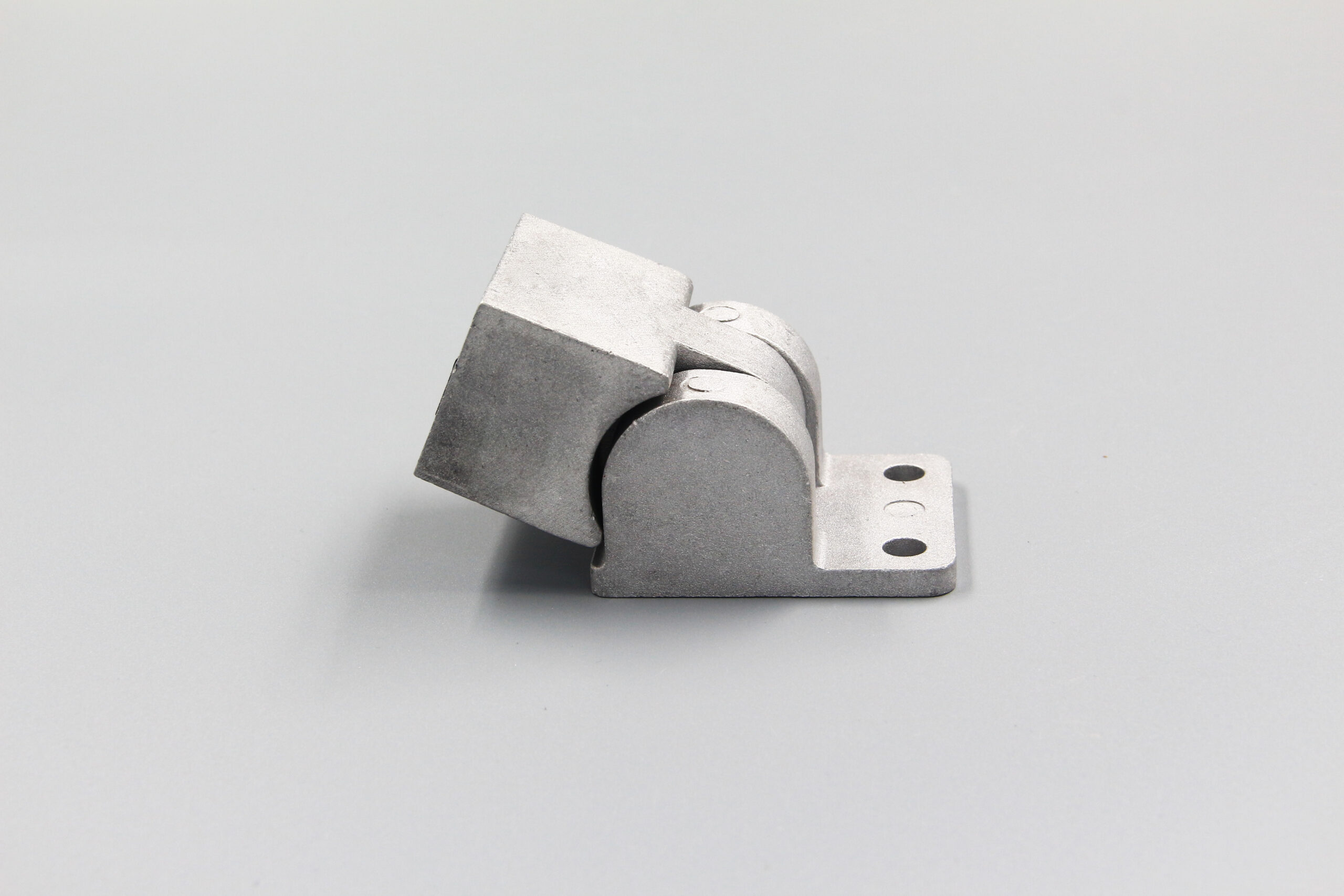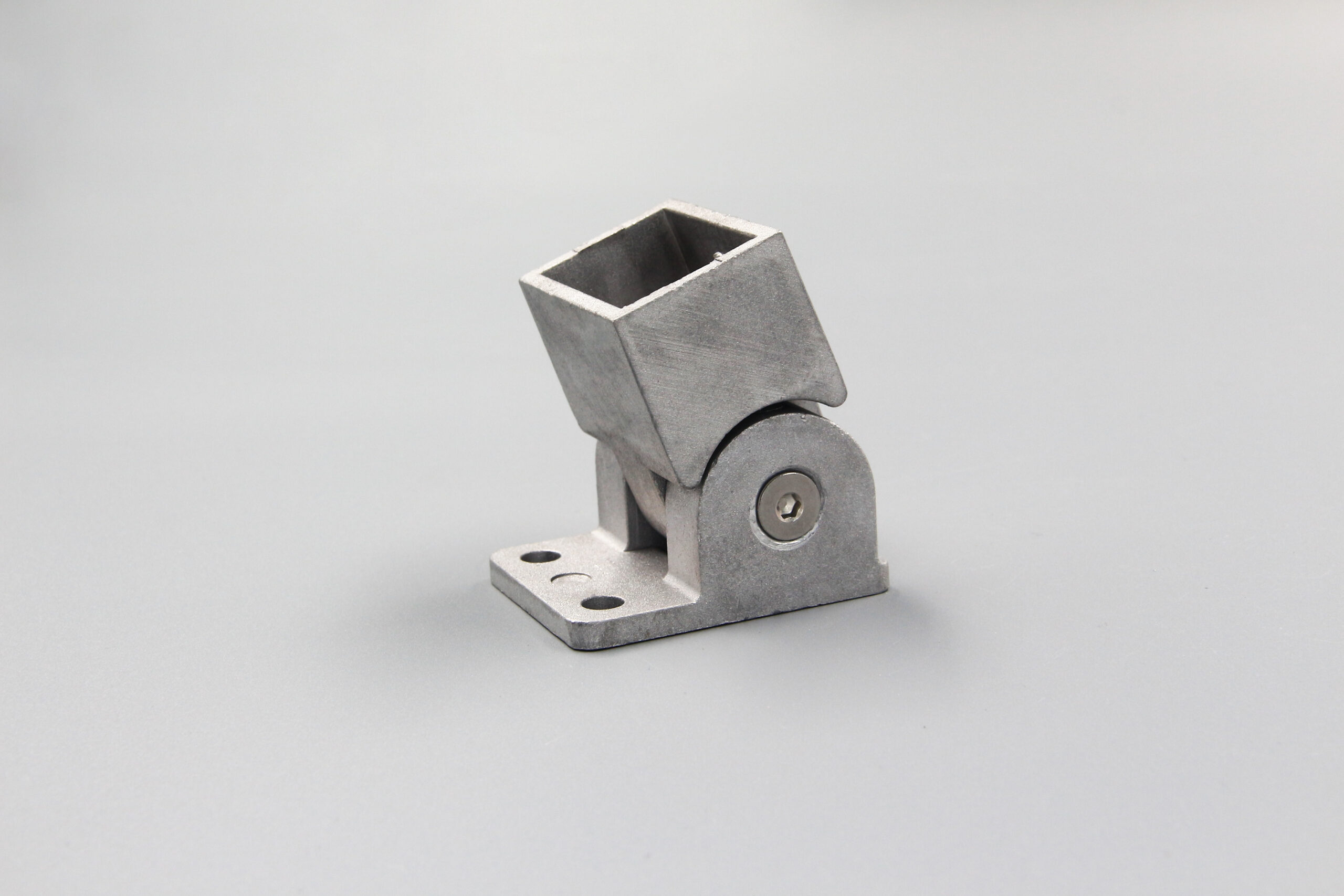- Home

- Services

- Casting
What Is Casting?

What Are the Advantages of Casting?
1.Ability to produce complex shapes easily.
2.Versatility—a wide variety of metals and other materials can be cast.
Cost-effectiveness, especially for small quantities.
Cost and time savings compared to other manufacturing methods.
Suitable for materials that cannot be mechanically worked.
Simplifies the production of large and heavy components.

What Are the Common Materials Used in Casting?
Common materials used in casting include:
Aluminum
Aluminum is a versatile casting material known for its excellent corrosion resistance, high thermal conductivity, and good mechanical properties. It is widely used in various casting methods, including: sand casting, die casting, and investment casting. Aluminum is utilized in industries such as: automotive, aerospace, and consumer goods.
Iron
Iron is a widely used casting material that comes in different forms, including gray iron and ductile iron. Gray iron is known for its good casting properties, high thermal conductivity, and damping capacity, making it suitable for applications such as: engine blocks, pipes, and automotive components. Ductile iron, also known as nodular or spheroidal graphite iron, offers higher strength, toughness, and ductility, making it ideal for applications requiring greater load-bearing capabilities.
Zinc
Zinc is commonly used in die casting due to its low melting point, excellent flow characteristics, and dimensional stability. It is often chosen for casting intricate shapes and thin-walled components. Zinc castings find applications in various industries, including: automotive, electronics, and consumer products.
Steel
Steel is a strong and durable casting material used for applications that require high strength, wear resistance, and impact resistance. It is suitable for heavy-duty components subjected to harsh conditions, such as: machinery parts, construction equipment, and tools.
Copper Alloys
Copper alloys, such as bronze and brass, are popular casting materials known for their excellent electrical conductivity, corrosion resistance, and thermal conductivity. They are commonly used in: electrical and plumbing components, decorative items, and musical instruments.
We Offer A Differentiated Custom Machining Service

Widely Used Gravity Casting
Gravity casting is among the oldest known processes for fabricating metals and metal alloys.It involves the pouring of molten metal from a crucible into a mold under only the force of gravity, without the use of pressurized gases, vacuums, or centrifugal force.
Small-scale molds used for this form of casting have most commonly been made of sand,tufa stone, and cuttlebone as well as charcoal and plaster as these materials are generally easy to shape (unlike iron or steel), do not break down when suddenly exposed to high temperatures (unlike glass, wood, or plastic), do not deform easily (unlike silicone) and are widely available.

Provide accurate die casting services
Die casting is a manufacturing process in which molten metal is poured or forced into steel molds. The molds—also known as tools or dies—are created using steel and are specially designed for each project. This allows each component to be created with accuracy and repeatability. Aluminum, zinc, and magnesium are the most commonly used die casting alloys.
The Applications Of Casting
Casting is a great method to manufacture low-volume production runs for functional prototypes and plastic parts and helps you strike the right balance between high-quality, end-use parts and production lead-time.
• Low Volume Manufacturing / Short Production Runs
The urethane casting is perfect for high-quality plastic prototypes. When volumes do not justify investment in injection molding and short-run production parts, it can complete weeks before production tooling is ready. Our advanced rapid prototyping manufacturing services help you to create custom and complex production parts in low volumes faster than traditional tooling and molding.
• Aesthetic Models / Color & Texture Studies
The casting urethane part can be a full set aesthetic model with various colors, textures, and surface finishes under the same design idea. If have no idea about what color would be the most suitable for a final product, you can make a silicone mold to produce 10-15 castings and paint each cast part with your design colors and textures to discuss internally during a meeting among design departments or even management meetings.
• Engineering Verification / Functional Testing
The casting process and relatively inexpensive tooling involved make it easy and economical for any necessary engineering verification and design changes. Additionally, these would be used to do function testing before testing the mass production products and issue reports or even get any certification approval.
• Marketing Ready / Display Models
End-user functionality and a high-quality finish make urethane cast parts ideal for consumer testing and user evaluation. The application of the cast urethane process means that changes can be quickly made for either further testing or market launch. At any trade shows or exhibitions, you can display several modeled pieces to clients who are interested. Urethane molding is also needed for photos in preparing the company brochure or being posted on the official website to more potential clients.